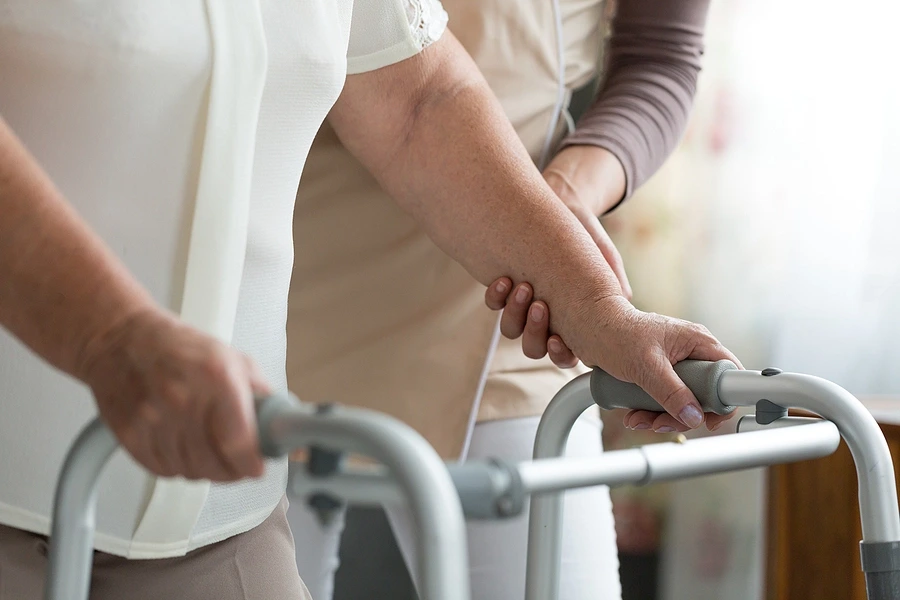Recognizing Physical and Emotional Abuse in Assisted Living

When families make the decision to move a loved one into an assisted living facility, they do so with trust. They believe the staff will provide safety, dignity, and compassionate care. Unfortunately, not every facility lives up to those expectations. Cases of abuse in assisted living settings remain a serious concern across the country, including in South Carolina. Abuse can take many forms, and recognizing the signs early is critical to protecting vulnerable residents. Families who understand both the physical and emotional warning signs are in a better position to intervene before the harm worsens.
The Unique Vulnerability of Assisted Living Residents
Elderly individuals often rely on others for daily tasks such as bathing, eating, taking medication, and mobility. This reliance can make them targets for mistreatment. Many residents may be unable to advocate for themselves due to medical conditions, memory loss, or fear of retaliation. In some cases, residents may not even realize they are being mistreated. This creates an environment where abuse can occur without immediate detection unless families and loved ones remain observant.
Recognizing Physical Abuse
Physical abuse in assisted living settings can range from rough handling to outright violence. Because residents are often frail, even seemingly minor acts of force can cause significant injuries. Warning signs may include:
-
Unexplained bruises, cuts, or welts in different stages of healing
-
Broken bones or frequent trips to the emergency room without clear explanations
-
Burns or marks that suggest restraints or objects were used
-
Hesitation or flinching when touched, particularly around certain staff members
-
Sudden changes in mobility without a medical reason
It is important not to dismiss injuries as the inevitable result of aging. While accidents happen, a pattern of repeated or suspicious injuries may point to abuse. Families should also pay attention to how facility staff explain injuries. Vague or inconsistent explanations may signal a deeper issue.
Identifying Emotional and Psychological Abuse
Not all forms of abuse leave visible marks. Emotional mistreatment can be just as damaging, and in many cases, harder to detect. Emotional abuse may include yelling, mocking, humiliating, ignoring, or isolating a resident. Over time, this kind of treatment erodes a person’s self-worth and can severely impact their quality of life.
Signs of emotional abuse may include:
-
Withdrawal from social activities the resident once enjoyed
-
Unusual nervousness or fearfulness, especially around certain staff members
-
Reluctance to speak when caregivers are present
-
Rapid mood changes, including sudden sadness, anxiety, or anger
-
Statements indicating worthlessness or hopelessness
Family members who notice these changes should take them seriously. Emotional abuse often goes unreported because residents may fear retaliation or believe they will not be believed.
The Role of Neglect in Assisted Living Abuse
Neglect is another form of abuse that can have devastating consequences. It may not involve direct physical harm, but it stems from failing to provide adequate care. Neglect can include leaving a resident unattended for long periods, failing to administer medication, or not assisting with hygiene.
Indicators of neglect include:
-
Poor personal hygiene, such as unwashed hair or soiled clothing
-
Bedsores from lack of movement or repositioning
-
Malnutrition or dehydration due to inadequate food or fluids
-
Unsafe living conditions, including clutter, lack of clean bedding, or unsanitary bathrooms
Neglect is often a symptom of understaffing, inadequate training, or poor facility management. Families should be aware that neglect is still a form of abuse and is grounds for legal action.
Why Abuse Often Goes Unreported
Several factors contribute to underreporting of abuse in assisted living facilities. Residents may fear retaliation from caregivers who control their daily lives. They may also feel ashamed, embarrassed, or unwilling to burden family members with concerns. In some cases, cognitive decline prevents residents from fully understanding what is happening.
Family members may also dismiss early signs, assuming that mood changes or injuries are part of aging. This reluctance to speak up allows abuse to continue unchecked. Vigilance and open communication between families and residents are essential for preventing long-term harm.
Steps Families Can Take When Abuse Is Suspected
If there is reason to believe a loved one is being abused in an assisted living facility, immediate steps should be taken. Families can:
-
Document everything. Keep records of visible injuries, changes in behavior, or unsafe living conditions. Photographs and written notes can provide valuable evidence.
-
Speak with management. Bring concerns directly to the facility’s administration. Reputable facilities will investigate promptly.
-
Contact state agencies. In South Carolina, the Department of Health and Environmental Control (DHEC) and Adult Protective Services oversee complaints about elder care facilities.
-
Seek medical evaluations. A doctor can document injuries or conditions that suggest mistreatment.
-
Consult with an attorney. A lawyer experienced in elder abuse and personal injury cases can explain legal options and pursue compensation on behalf of the victim.
Taking action not only protects the affected individual but can also prevent harm to other residents in the same facility.
Legal Remedies for Assisted Living Abuse in South Carolina
Families dealing with abuse in assisted living facilities may have grounds to file a civil lawsuit. Legal claims can pursue compensation for medical expenses, pain and suffering, emotional distress, and, in severe cases, punitive damages. These cases also hold facilities accountable for hiring unqualified staff, failing to supervise employees, or ignoring known risks of abuse.
The process often begins with an investigation into the facility’s practices. Attorneys can gather evidence, review medical records, and speak with witnesses. By pursuing legal action, families can help ensure that facilities maintain proper standards of care and accountability.
The Importance of Advocacy and Oversight
Preventing abuse requires more than just legal action after the fact. Families should remain active in their loved one’s care by visiting frequently, asking questions, and monitoring the quality of services provided. Unannounced visits can be especially revealing.
Advocacy groups and community watchdogs also play an important role in holding facilities accountable. By reporting suspected abuse and supporting stronger oversight, communities can help reduce the risk of mistreatment in assisted living settings.
Conclusion
Abuse in assisted living facilities is a painful reality that too many families face. While physical abuse may leave visible signs, emotional abuse and neglect can be equally damaging, often leaving residents feeling isolated and powerless. Recognizing the warning signs and taking swift action can make a critical difference.
In South Carolina, families have legal avenues to protect their loved ones and demand accountability from negligent facilities. By staying observant, advocating for residents, and seeking legal guidance when necessary, families can help ensure their loved ones receive the safe and respectful care they deserve.

